Tours featuring this attraction
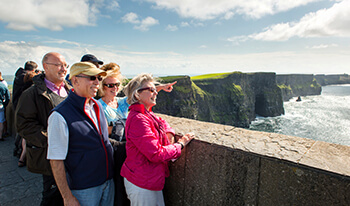
10 Night Ireland & Scotland Discovery Tour
(10 Nights)
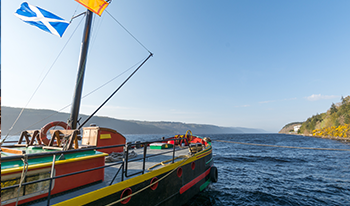
Taste of Scotland & Ireland - 11 days/10 Nights
(10 Nights)
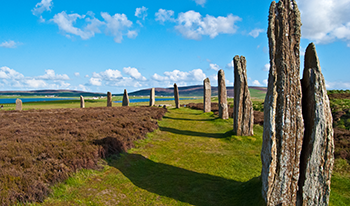
Scottish Isles & Glens - 12 Days/11 Nights
(11 Nights)

Scottish & Irish Gold - 15 Days/14 Nights
(14 Nights)
.jpg)
Scottish & Irish Gold - 16 Days/15 Nights
(15 Nights)
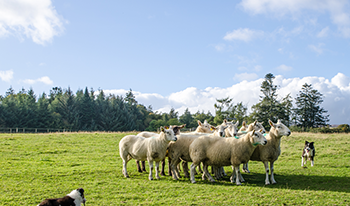
Scottish & Irish Dream- 13 Days/12 Nights
(12 Nights)
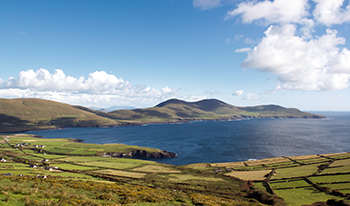
Scottish & Irish Dream- 14 Days/13 Nights
(13 Nights)
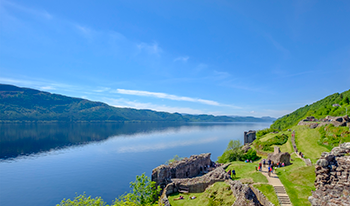
Scottish Lochs & Castles - 8 Days/7 Nights
(7 Nights)
.jpg)
Lochs, Luck & Lore - 8 Days/7 Nights
(7 Nights)